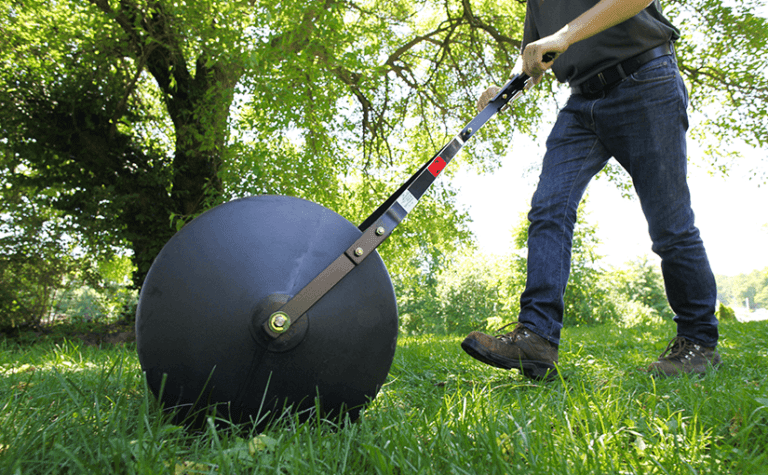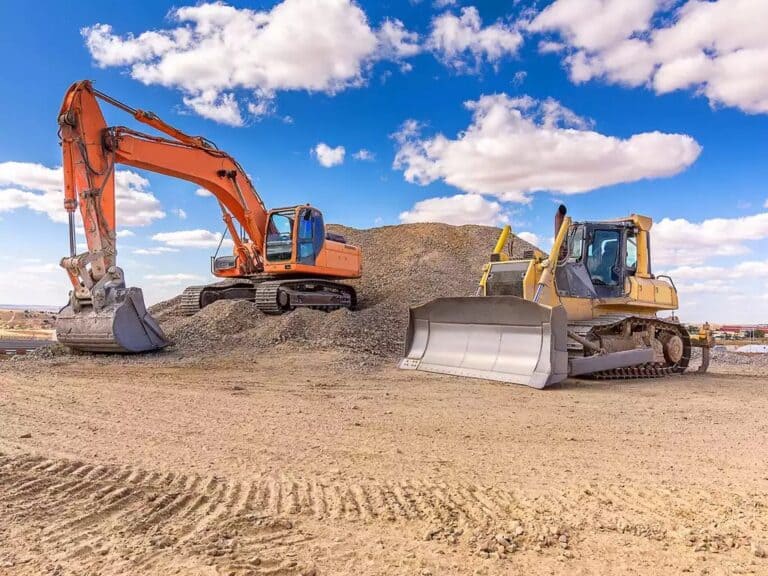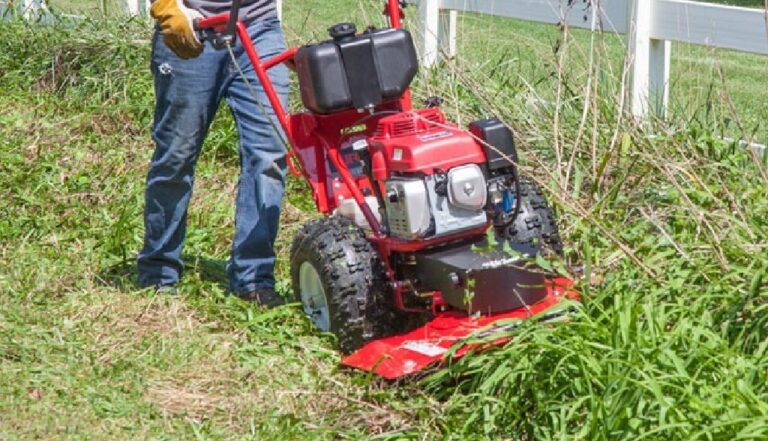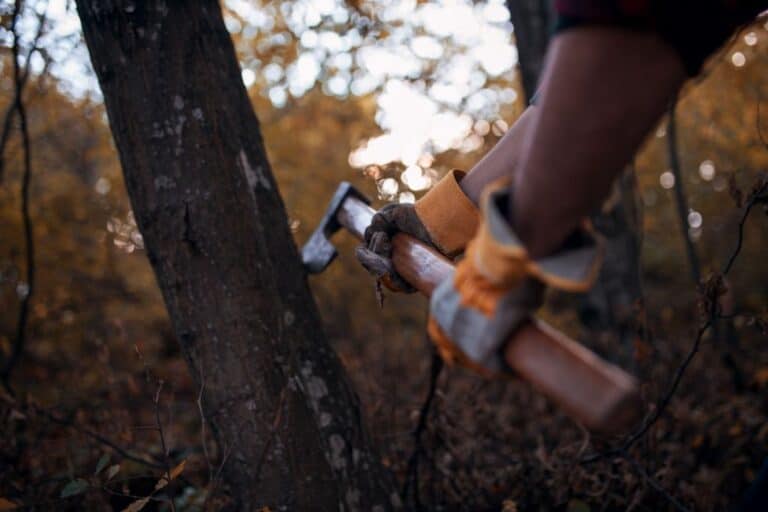Forestry Mulcher Safety Tips: How To Operate a Forestry Mulcher Safely
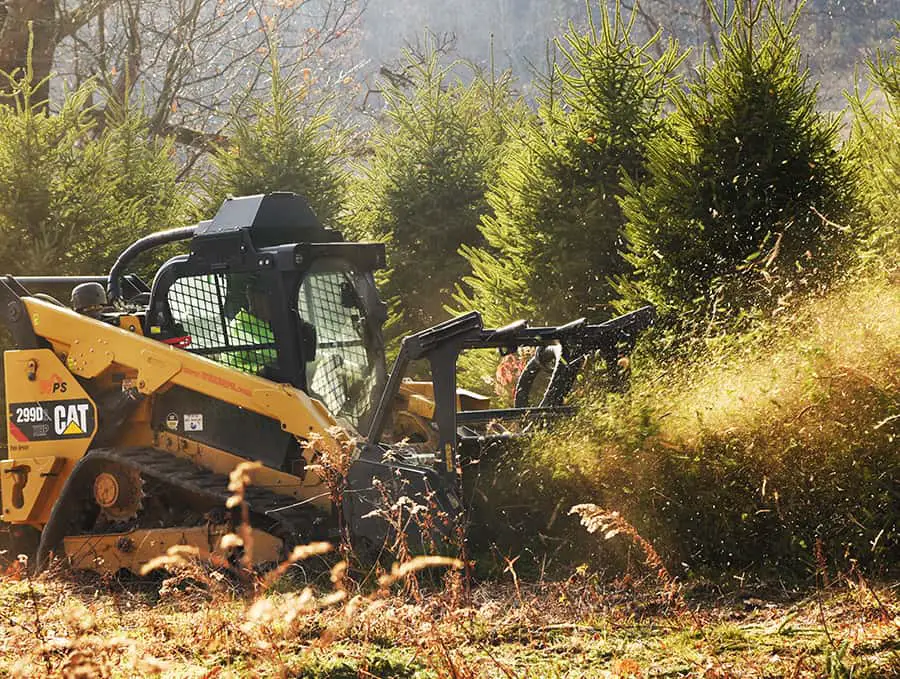
Forestry mulchers are an important tool for taking care of forests, and they are becoming more and more popular for quickly and efficiently clearing large areas of plants. These machines are powerful, and they can quickly turn overgrown brush and trees into mulch.
However, they can also be dangerous if not used properly. It’s important to understand the proper safety precautions before operating a forestry mulcher.
In this article, we’ll go over some of the most important forestry mulcher safety tips. We’ll cover everything from choosing the right protective gear to using the machine safely and effectively.
Whether you’re a seasoned forestry mulcher operator or just getting started, these tips will help you stay safe while getting the job done. So if you’re planning to use a forestry mulcher for your next project, keep reading to learn how to operate it safely.
The Importance of Forestry Mulcher Safety
Forestry mulchers are powerful machines designed to clear land quickly and efficiently. However, with their power comes an increased risk of injury to both the operator and those nearby. Therefore, it is essential to prioritize safety when using forestry mulchers. Here are some important safety tips to keep in mind:
- Always wear appropriate personal protective equipment (PPE) when using a forestry mulcher. This includes a hard hat, safety glasses, earplugs or earmuffs, gloves, and steel-toed boots. Additionally, it is important to wear clothing that fits snugly and does not get caught in the machinery.
- Make sure that the machine is properly maintained and inspected before each use. Check that all safety guards and shields are in place and functioning correctly. Address any issues immediately to prevent the risk of injury.
- Create a clear work area and remove any obstacles that could be hazardous to the operator or others nearby. It is also important to post warning signs to alert others to the presence of the machinery and to ensure that only trained personnel operate the equipment.
- Finally, it is important to follow proper operating procedures when using a forestry mulcher. This includes using the machine at the recommended speed and depth, avoiding sudden movements, and being aware of the location of other workers in the area.
Overview of the Safety Equipment Required To Operate a Forestry Mulcher
Operating a forestry mulcher requires proper safety equipment to prevent injuries and accidents. The equipment is made to deal with thick vegetation and heavy debris, and the operator must wear the right safety gear to avoid getting hurt. This article will talk about the safety gear you need to use a forestry mulcher safely.
First and foremost, a hard hat is a crucial piece of safety equipment that must be worn at all times when operating a forestry mulcher. A hard hat protects the operator’s head from falling objects, low-hanging branches, and other dangers. The hard hat should fit snugly on the head and be adjusted to ensure that it does not fall off during operation.
Eye and ear protection are also necessary safety equipment when operating a forestry mulcher. The machine makes a lot of noise and dust, which can hurt the eyes and ears of the person running it. Wearing safety goggles or glasses and earplugs or earmuffs can protect the operator from debris and noise-related injuries.
The person who runs the forestry mulcher should also wear protective gear to keep from getting hurt. This includes a high-visibility safety vest, long pants, and sturdy work boots with steel toes. The clothing should be loose-fitting and allow for easy movement but not be so loose that it could get caught in the machinery.
How To Inspect and Maintain a Forestry Mulcher for Safe Operation
Proper maintenance and inspection of forestry mulchers are essential to ensuring their safe and efficient operation. It’s important to keep up with regular maintenance and check the equipment before each use. This includes checking the hydraulic fluid levels, engine oil, air filter, and the condition of the blades. Any damaged or worn parts should be replaced immediately.
One critical aspect of maintenance is ensuring that the blades are in good condition. Blades that are dull, damaged, or improperly installed can cause serious safety hazards.
It is important to inspect blades before and after forestry mulching each use and replace them when necessary. The blades should also be tightened and balanced so that the mulcher doesn’t shake and get damaged.
For a forestry mulcher to work safely, it’s also important to make sure that all of its safety features are in good shape. This includes the emergency stop, safety shields, and warning decals. Before using the equipment, any safety features that are broken or missing should be fixed or replaced.
Regular cleaning of the mulcher is also important to maintain safe operation. Debris buildup can cause overheating and reduce the efficiency of the mulcher. After each use, the mulcher should be cleaned, with special attention paid to the cooling system and radiator.
It is also important to keep the work area clear of any obstacles, such as rocks or stumps, which can cause damage or safety hazards.
Proper Forestry Mulcher Operation Techniques
Forestry mulchers are powerful and complex machines used to clear land, remove debris, and manage vegetation. To avoid accidents and get the most out of the machine, the operator needs to be properly trained and know its features, limits, and how to use it. We will discuss the importance of proper forestry mulcher operation techniques.
Firstly, the operator should be aware of the forestry mulcher’s capabilities and limitations. This includes the machine’s horsepower, cutting width, and hydraulic system. By knowing what the machine can do, the operator can make sure not to overwork it, which can lead to less efficiency, breakdowns, and safety risks. The operator should also avoid using the machine in bad weather or on steep slopes, which can make the machine less stable and make accidents more likely.
Secondly, the operator should use proper cutting techniques to ensure optimal performance and prevent damage to the machine. The operator should avoid pushing the machine too hard, as this can lead to excessive wear on the cutting teeth, blades, and other components.
The operator should also adjust the cutting height and depth according to the type of vegetation being cleared. Using the correct cutting techniques also ensures that the machine operates with maximum efficiency, reduces fuel consumption, and minimizes downtime.
INFO![]()
Lastly, the person running the forestry mulcher should follow the instructions and safety measures given by the manufacturer. This includes wearing the proper safety equipment, following safe operation practices, and performing regular maintenance and inspections. Failure to follow these guidelines can lead to accidents, injuries, and damage to the machine.
Common Forestry Mulcher Safety Hazards and How To Avoid Them
When operating a forestry mulcher, it is essential to prioritize safety to avoid injuries and accidents. Some of the most common risks of using forestry mulchers are flying objects, equipment that doesn’t work right, and coming into contact with moving parts. But if you follow safety rules, you can reduce the risks and make sure the operation is safe.
Flying debris is one of the most dangerous things that can happen when using forestry mulchers. This can include rocks, branches, and other objects that are thrown from the mulcher’s cutting head.
It is very important to wear the right personal protective equipment (PPE), such as eye and ear protection, to reduce the risks of flying debris. It’s also a good idea to set up a safe work zone and keep onlookers at a safe distance from the operation.
Another common hazard when operating a forestry mulcher is equipment malfunctions. To avoid these risks, it is essential to inspect and maintain the mulcher regularly. This includes checking all belts and hoses for signs of wear and tear, ensuring that all guards and shields are in place, and inspecting the cutting teeth for damage or excessive wear.
If you notice any problems with the equipment, you should fix them right away and don’t use the mulcher until the problem is fixed.
Tips for Training and Educating Forestry Mulcher Operators on Safety Practices
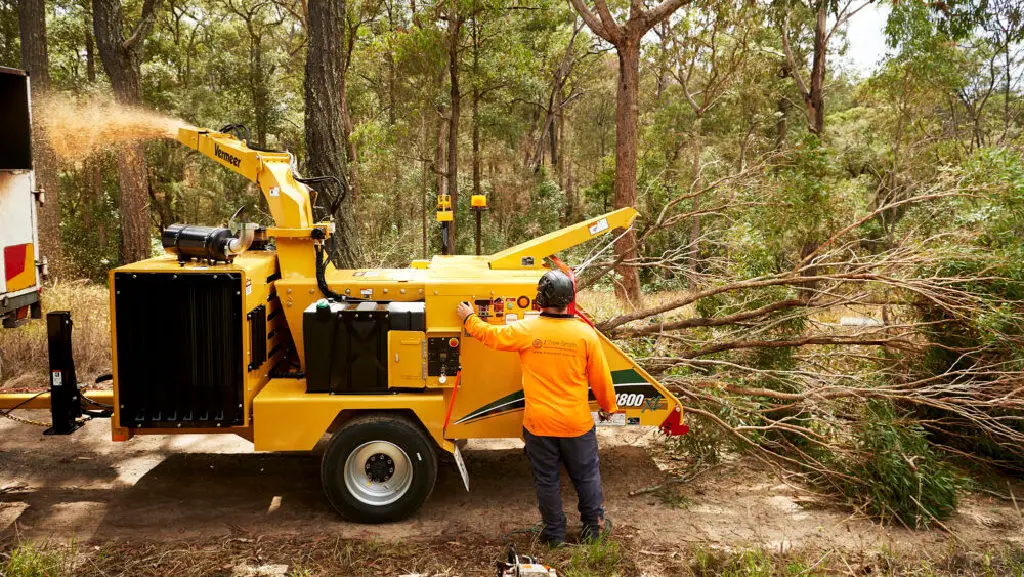
To keep forestry mulcher operators safe and prevent accidents, it is important to train and teach them about safety procedures. Proper training makes sure that the person using the machine knows what it can and can’t do and can use it safely and well. We will talk about how to train and teach forest mulcher operators about safety.
Firstly, it is essential to provide comprehensive training to new operators. The training should cover the machine’s features, operating procedures, and safety guidelines. The trainer should also show how to use the machine in a safe and effective way, pointing out possible dangers and how to stay away from them.
Operators should get hands-on training that lets them use the machine in a safe setting, get used to its controls, and learn how to do basic maintenance and repairs.
Secondly, it is crucial to keep operators up-to-date on the latest safety practices and regulations. This can be achieved through regular training sessions, seminars, and workshops. Operators should also know about any new safety rules, risks, or changes to the operating manual. By keeping operators informed and up-to-date, you can make sure they can run the machine safely and well.
Lastly, it’s important to create a culture of safety at work to prevent accidents and encourage safe behavior. This includes putting in place safety policies and procedures, encouraging open communication between operators and management, and making sure operators are held accountable for following safety rules.
Promoting a safety culture helps create a safe place to work and makes operators feel like they have a responsibility to do their jobs well.
Conclusion and Final Thoughts on Forestry Mulcher Safety
Forestry mulching is a crucial aspect of land management, and safety should always be a top priority. Throughout this article, we have discussed the importance of safety when operating a forestry mulcher, including tips for storing, inspecting, and maintaining the equipment for safe operation. We have also discussed common safety hazards and how to avoid them.
In conclusion, it is crucial to follow safety guidelines and recommendations when operating forestry mulchers. Before starting the equipment, operators should always inspect it for damage or malfunction, ensuring all safety features are in place and working correctly. During operation, the operator should wear proper safety gear, including eye and ear protection and hard hats.
In addition, operators should always follow the manufacturer’s recommendations regarding the equipment’s safe operation, including the proper use of hydraulic fluids, lubrication, and maintenance requirements. Finally, operators should be properly trained and follow safe operating procedures to avoid accidents or injury. By following these safety guidelines, operators can ensure safe and efficient operation of forestry mulchers.

